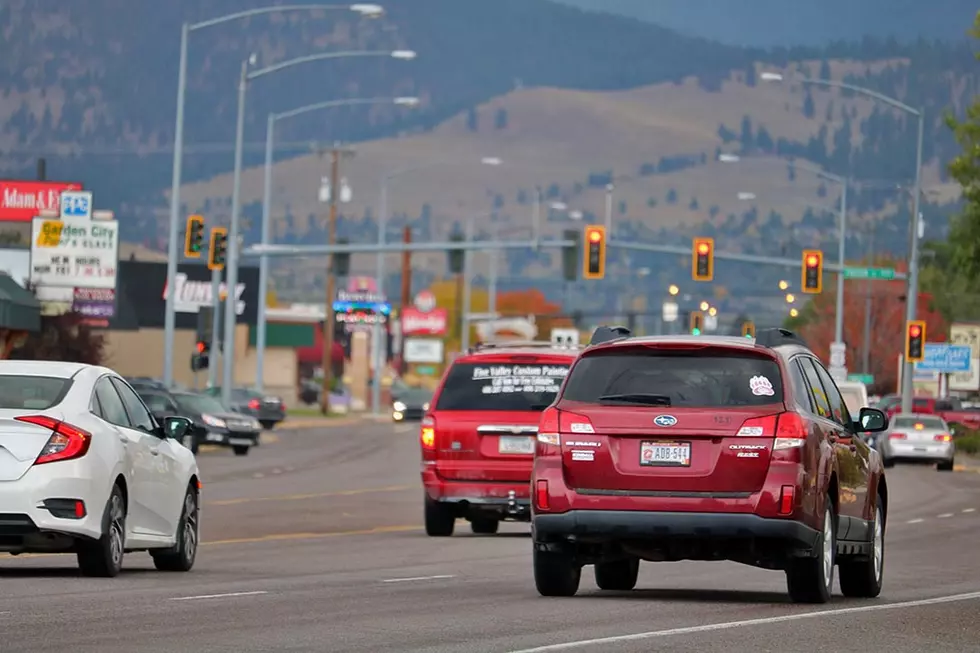
Missoula’s long-range transportation goals could see MRA support
With funding limited and the projects endless, city planners are honing in on where to invest revenue to meet Missoula's long-term transportation needs, and it will likely include tax increment from several urban renewal districts.
From a new I-90 interchange to the transit conversion of Brooks Street, the projects proposed in the city's new Long Range Transportation Plan could enhance a number of city goals and guide growth for several decades.
Funding the projects will cost tens of millions of dollars from a mix of sources over several decades, ranging from state to federal funding. It will also include revenue from the city's urban renewal districts.
“A lot of infrastructure comes out of those districts and those investments,” said Aaron Wilson, the city's transportation manager. “There's been some really high profile and marquise transportation connection projects that have been funded through TIF, and I expect will continue to be funded. We want to continue thinking about how those fit into our overall transportation network.”
The scenarios included in the transportation plan look at enhancing existing infrastructure and making new connections, such as extending Russell Street or England Boulevard north over the railroad tracks to I-90.
Other elements include enhancements, such as separated bike lanes on North Reserve and the two-way conversion of Front and Main streets in downtown Missoula, where hundreds of millions of development dollars have been invested in recent years.
“I would love to see the Front and Main conversion happen in my lifetime, as we've invested so much in big projects on the street,” said Melanie Brock, a board member at the Missoula Redevelopment Agency. “As those big projects come online and there's more foot and car traffic, it's just going to be so important to keep people safe downtown and up to 2020 multi-modal design standards.”
While some areas of the city have received most of the attention in recent years, including infrastructure planning in the Mullan Road area as part of a $13 million federal grant, other areas are also in need of work but have received far less publicity.
That includes Scott Street, where hundreds of new housing units are set to undergo construction. The area lies in the North Reserve/Scott Street Urban Renewal District, meaning tax increment could be used to make improvements.
“We do have a commitment of investing in affordable housing,” said MRA board member Ruth Reineking. “Scott Street will be getting a lot more pressure with the housing developments planned in that area.”
Plans for the Brooks Street corridor appear in nearly every scenario included in the Long Range Transportation Plan. A 2017 grant from New Mobility West helped the city envision ways to reshape the corridor into a vibrant hub built around rapid transit and safe crossings.
A proposed dedicated bus lane could enable Mountain Line to launch 15-minute service without disrupting traffic through the heart of Midtown. The plan could see several transit stations placed along the corridor, along with work to improve the safety and flow of various intersections.
“In every scenario, we have the Brooks corridor as a project,” said Wilson. “It's high priority and it's moving forward. It's part of Mountain Line's long-range strategic plan.”
Annette Marchesseault with MRA said the city and the Montana Department of Transportation are working on the project's feasibility.
“MDT wants us to put together some sort of memorandum of understanding and how we're going to move forward with these conversations,” said Marchesseault. “We were really encouraged coming out of that meeting.”
